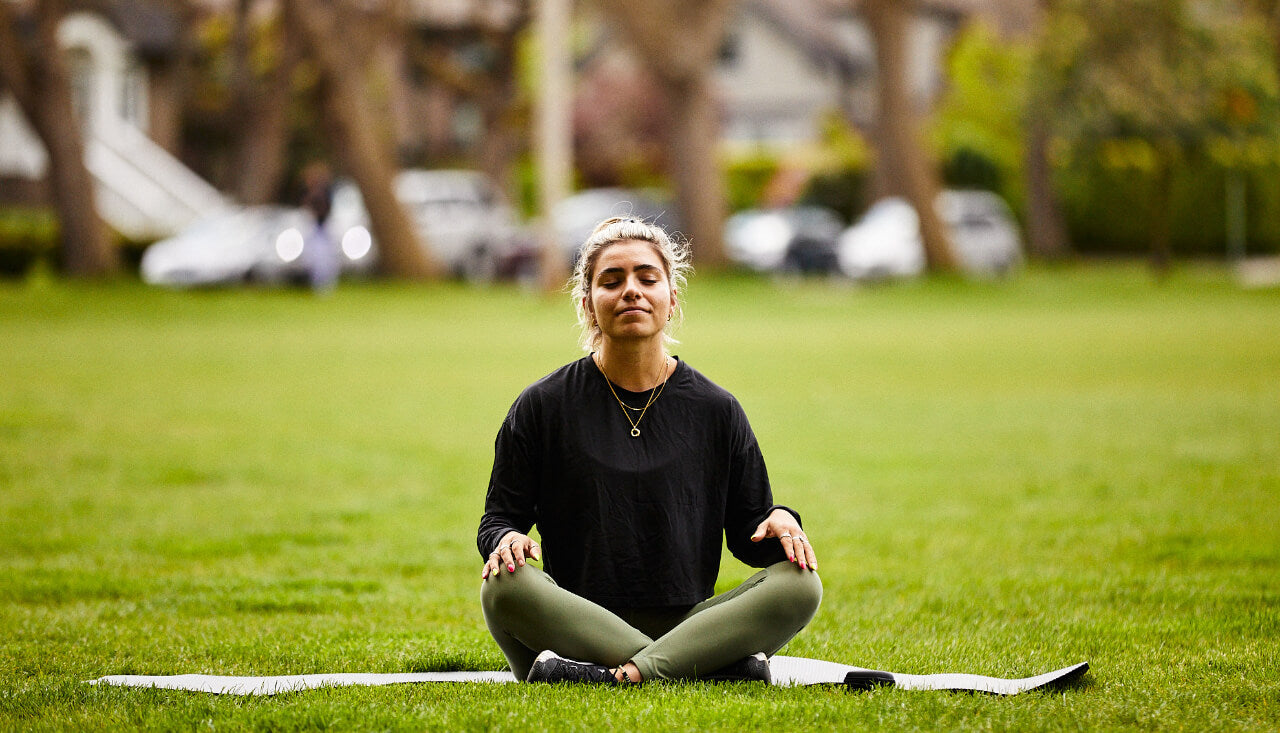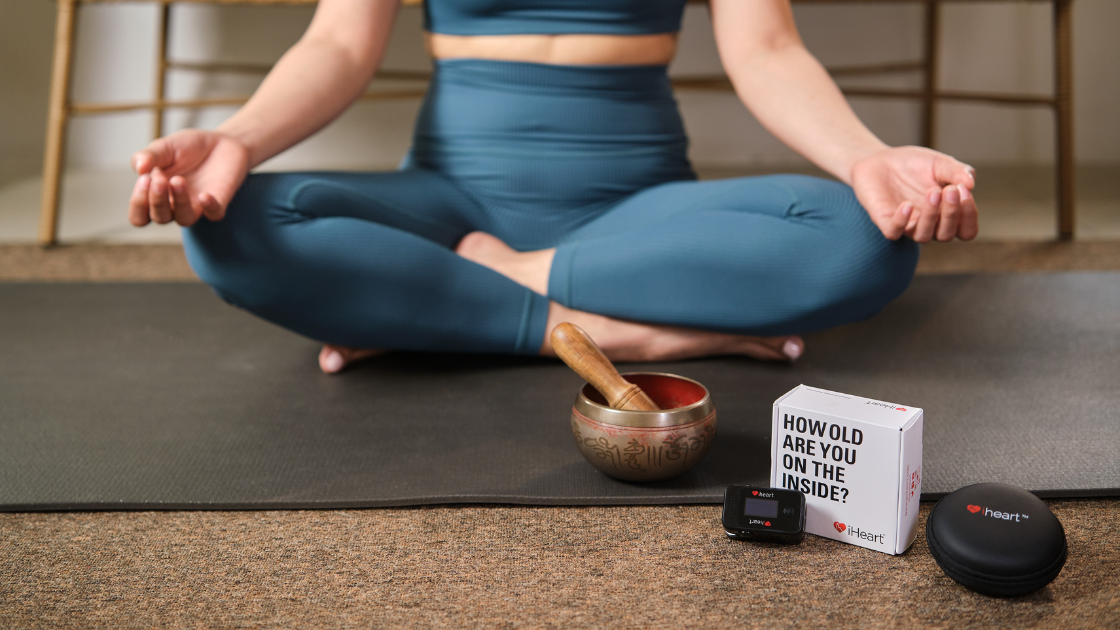The COVID-19 pandemic has radically altered the way we approach both physical and mental healthcare. From virtual therapy sessions to Zoom doctor appointments, the necessity of social distancing has welcomed a new era of how we conduct sessions between patients and practitioners.
However, virtual appointments come with both pros and cons. If you’re a mental wellness practitioner, you’re likely aware that the ability to receive therapy from home may help patients finally get help when they had previously been unable or unwilling to attend appointments face to face. This can be a huge benefit to many needing mental health support.
The con, though, is that virtual appointments come with important limitations. There are certain therapeutic techniques that won’t work as well virtually, and it may be harder to connect with your patient effectively. For example, helping your patient relax with physical techniques may be more of a challenge when you’re not in the room to closely monitor their behavior or physical responses.
Thankfully, there’s some pretty amazing tech that exists to help minimize these barriers, and may offer a helpful resource to therapists who incorporate physical relaxation techniques into their wellness programs.

Monitor heart rate and breathing with iheart Remote
We don’t have to tell you that the mind-body connection is powerful. Patients may find it difficult to fully grasp the importance of this connection, however, especially if they’re distracted by distressing thoughts or emotions.
Being able to visualize – together – how your patient’s body is responding in the moment could be an incredible tool for helping them practice relaxation techniques and build lasting habits. The iheart device and iheart Remote app make this possible.
The iheart device is a fingertip oximeter that pairs with five unique apps to quickly and easily give users a detailed picture into their whole-body health. With the highest resolution readings available in a consumer oximeter, the iheart device is the only one on the market to accurately measure aortic stiffness and calculate a patient’s internal age. By allowing patients to see data such as heart rate, breathing, autonomic nervous system function, and heart rate variability (HRV) in real time, the iheart device aims to help them transform their health and build lasting healthy habits.
Imagine the possibilities for a mental health practice if you could remotely connect with a patient, allowing you both to view their internal health data in real time. If a patient can see the way relaxation techniques can affect their body in the moment – their heartbeat lowers, their breathing slows, and their HRV decreases – this would serve as a powerful nudge to incorporate these techniques into their daily lives.
As long as your patient has an iheart device and the corresponding apps, you only need to download the iheart Remote app to begin incorporating a virtual physical relaxation program into your practice.
Possible uses could include checking in with a patient’s heart rate and breathing after doing a quick guided meditation, practicing deep breathing together and visualizing the results, or observing how your patient’s data changes after an emotional trigger.

Visualize your patient’s progress over time with iheart Record
With the iheart Record app, you and your patient can track their progress and see trends in internal data. If the patient takes regular readings, you can both see the impact a difficult event had on their levels of stress, or how their daily gratitude journaling is helping them lower their internal age.
Humans can find it hard to gauge their progress without visual markers to look back on. A bad day can make us feel as though we’ve taken 10 steps backwards. However, with objective data to revisit, patients can feel empowered in their therapy and mental health practices, and see the difference that it makes in their lives.
Endless mental health applications
Even as our world is gradually returning to some level of normalcy, it seems as though virtual appointments are sticking around. While in-person appointments will always be essential in some circumstances, patients are increasingly enjoying the added convenience of being able to participate in health appointments from the comfort of home – especially therapy for mental health.
With new tech on the market like the iheart device and apps, these virtual appointments may become even more effective, as patients are able to experience and visualize the physical benefits of their therapy in real-time. Even in-person appointments can be enhanced by the use of immediate biofeedback to demonstrate the importance of the practices their therapist assigns them.
Interested in learning more about iheart applications for healthcare professionals? Visit iheartRE.
See the full suite of iheart apps.






Share:
Three Biohacks for Overall Health Everyone Should Know
Six Heart Healthy Foods to Enjoy this Fall